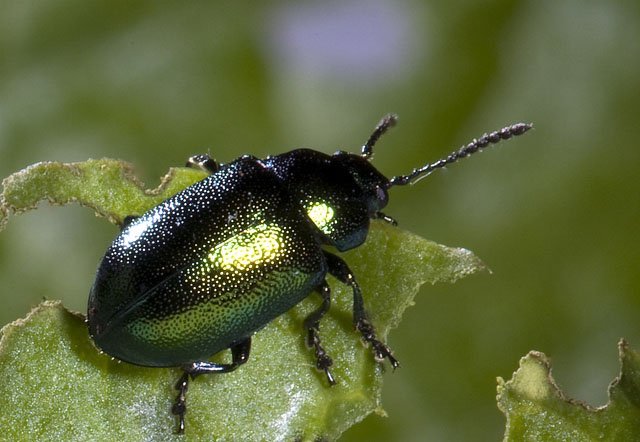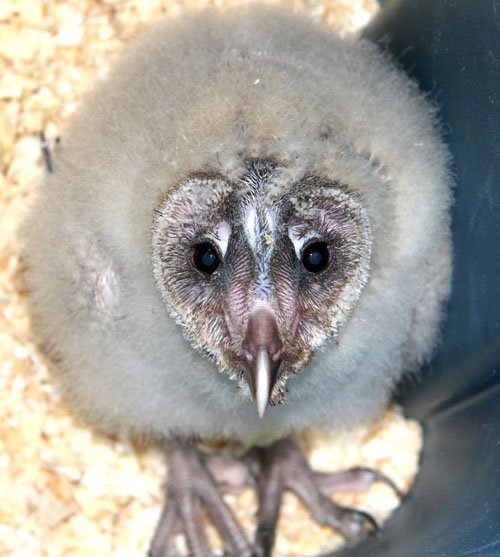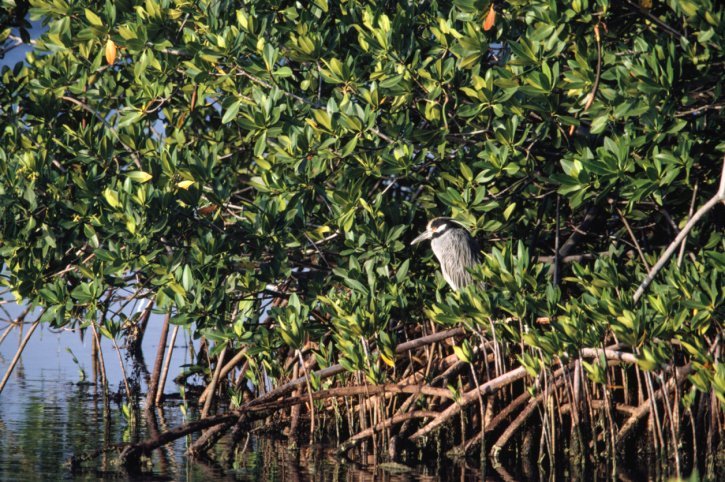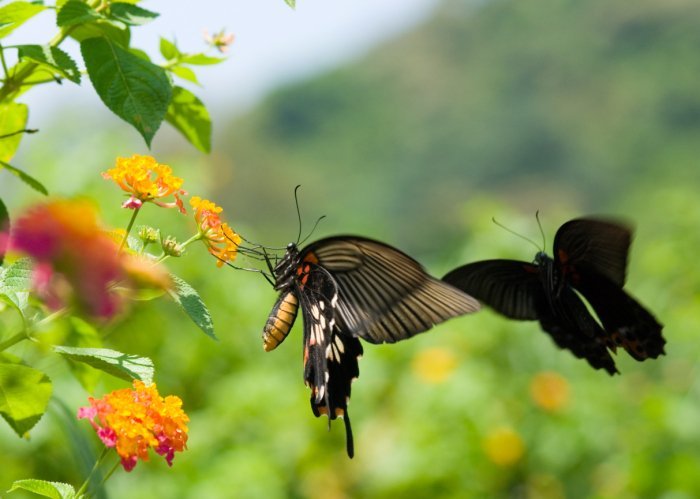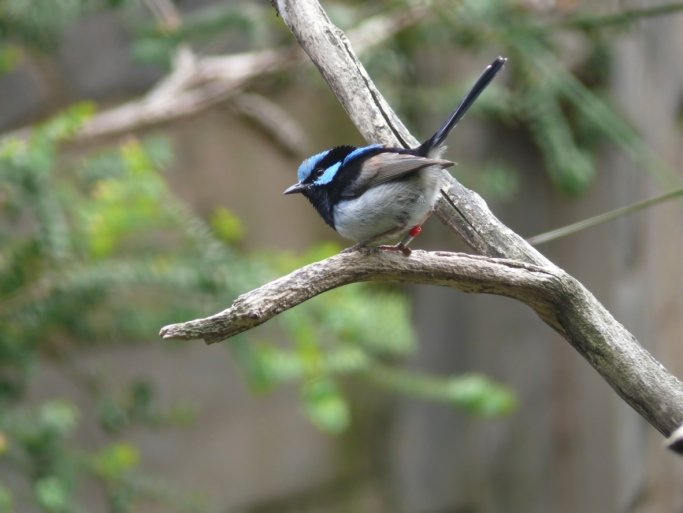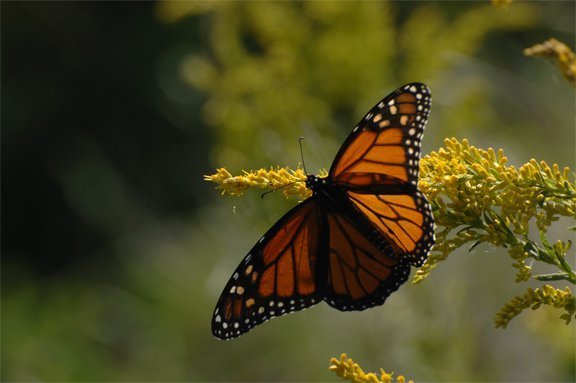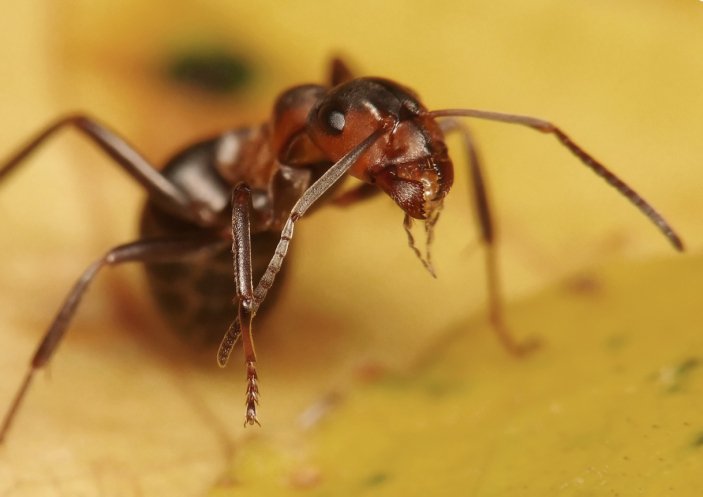Ever heard of a Sneezewort, or a Monkey Puzzle Tree? We’ve got a whole list of wonky plants and the inside scoop on where they got their funny names!
#1 Sneezewort Yarrow (Achillea ptarmica)

Also known as: Sneezeweed
I’m named this because… I was once used as a sneezing powder. Sneezeweed was dried up and used to get people to sneeze to clear out their sinuses!
Fun fact: This plant doesn’t just make people sneeze; it can also be eaten in salads or used as an insect repellent.
http://www.eol.org/pages/467230
#2 Hooded Skullcap (Scutellaria galericulata)

Also known as: Marsh Skullcap
I’m named this because… my flowers look like caps
Fun fact: The Hooded Skullcap is part of the mint family but it doesn’t taste like mint! One of its relatives is also famous, the plant, called mad-dog weed, was used in medieval times as a remedy for rabid-dog bites.
http://www.ontariowildflower.com/lakeedge.htm#skullcapmarsh
http://www.umm.edu/altmed/articles/skullcap-000273.htm
#3 Monkey Puzzle Tree (Araucaria araucana)

Also known as: Chilean Pine
I’m named this because… an Englishman in the early 1800s said that the tree would be a puzzle for a monkey to climb, even though there are no monkeys where this tree grows!
Fun fact: These trees can live for many years; the oldest is over 800 years old! These trees can also grow as big as 150 feet tall with a trunk diameter of 7 feet.
http://faculty.ucc.edu/biology-ombrello/pow/monkey_puzzle_tree.htm
#4 Devil’s Walkingstick (Aralia spinosa)

Also known as: Angelica-Tree, Prickly Elder, Hercules Club
Fun fact: The stems of the shrub have long “prickles” and it is not uncommon to see them grow 15 cm long!
http://www.fs.fed.us/global/iitf/pdf/shrubs/Aralia%20spinosa.pdf
#5 Turkey Corn (Dicentra eximia)

Also known as: Fringed Bleeding Heart
Fun fact: This is the most heat tolerant plant in the Dicentra family. It will continue to grow throughout the summer, as long as the soil does not dry out.
http://www.eol.org/pages/594616
#6 Kangaroo Paws (Anigozanthos flavidus)

I’m named this because… clusters of my flowers look like a paw.
Fun fact: In the wild Kangaroo Paws can only be found in South Western Australia.
http://www.anbg.gov.au/emblems/wa.emblem.html
http://anpsa.org.au/a-flav.html
# 7 Butter and Eggs (Linaria vulgaris)

Also known as: Yellow Toadflax, Brideweed
I’m named this because… my flower looks like an egg yolk
Fun fact: According to myth, Butter and Eggs was originally a yellow dragon that transformed, sadly it then choked on a fried egg.
http://www.agf.gov.bc.ca/weedsbc/weed_desc/yel_toad.html
http://chestofbooks.com/flora-plants/flowers/Wild-Illinois/Butter-And-Eggs-Wild-Snapdragon-Toadflax.html
# 8 Hens and Chicks (Sempervivum tectorum)

Also known as: House Leeks
I’m named this because… I form in a large cluster (the hen) surrounded by smaller patches (the chicks)
Fun Fact: Hen and Chicks were originally planted on roofs as protection against lightning because they are linked to Thor and Zeus, the two mythical gods of lightning.
http://www.eol.org/pages/484887
#9 Lambsquarters (Chenopodium album)

Also known as: Fat Hen, White Goosefoot, Wild Spinach
I’m named this because… the word Lambsquarters comes from lammas quarter which is a harvest festival that was held on August 1st in 9th century England where this plant was eaten. The nickname goosefoot comes from the leaves that look like a goose’s foot.
Fun fact: This plant can produce 75,000 seeds and can grow in many soil types. Lambsquarters is also very healthy for you; it contains more vitamins and essential minerals than many vegetables, especially Lettuce, Spinach and Cabbage
http://communitygarden.org/rebeltomato/pdf/Science_Pages/lambsquarters_science_page.pdf
# 10 Cheeseweed Mallow (Malva parviflora)

Also known as: Little Mallow
I’m named this because… the shape of my fruit looks like mini cheese rounds but they do not taste like cheese!
Fun fact: Stay away from this plant if you’re a chicken, poultry that eat this plant’s seeds or leaves may produce lower quality eggs.
John Kallas, Edible Wild Plants: Wild Foods from Dirt to Plate. Gibbs Smith(publisher), Utah: 2010,Page 103 http://bit.ly/ezTEiJ














